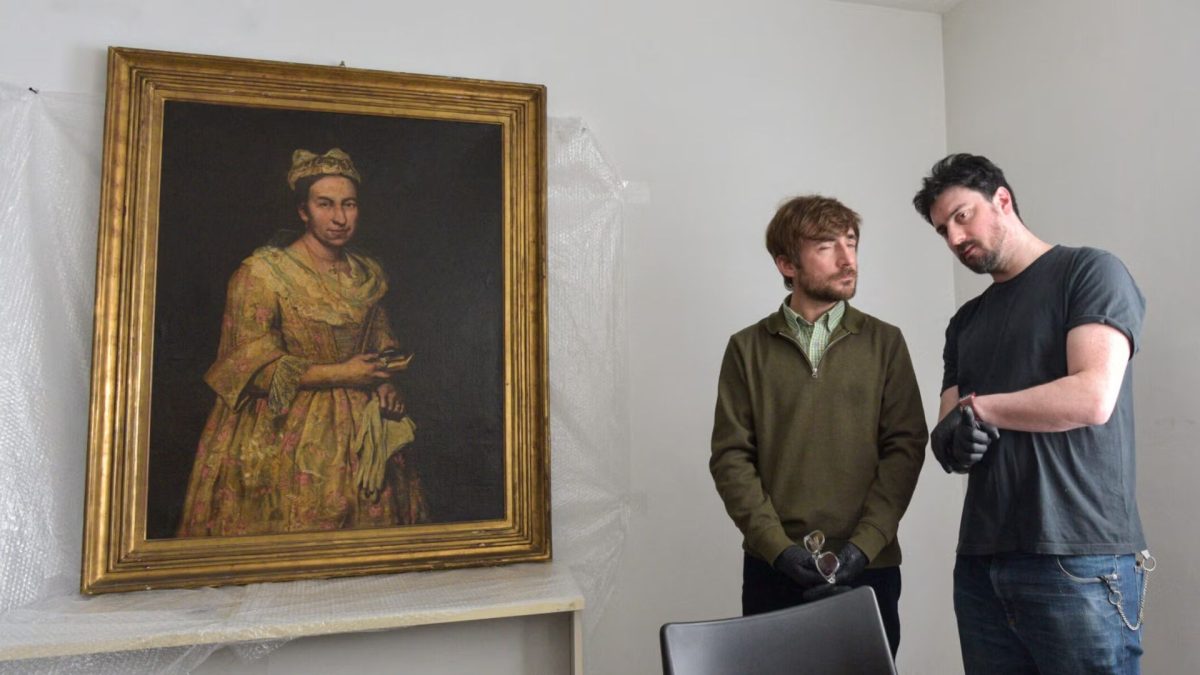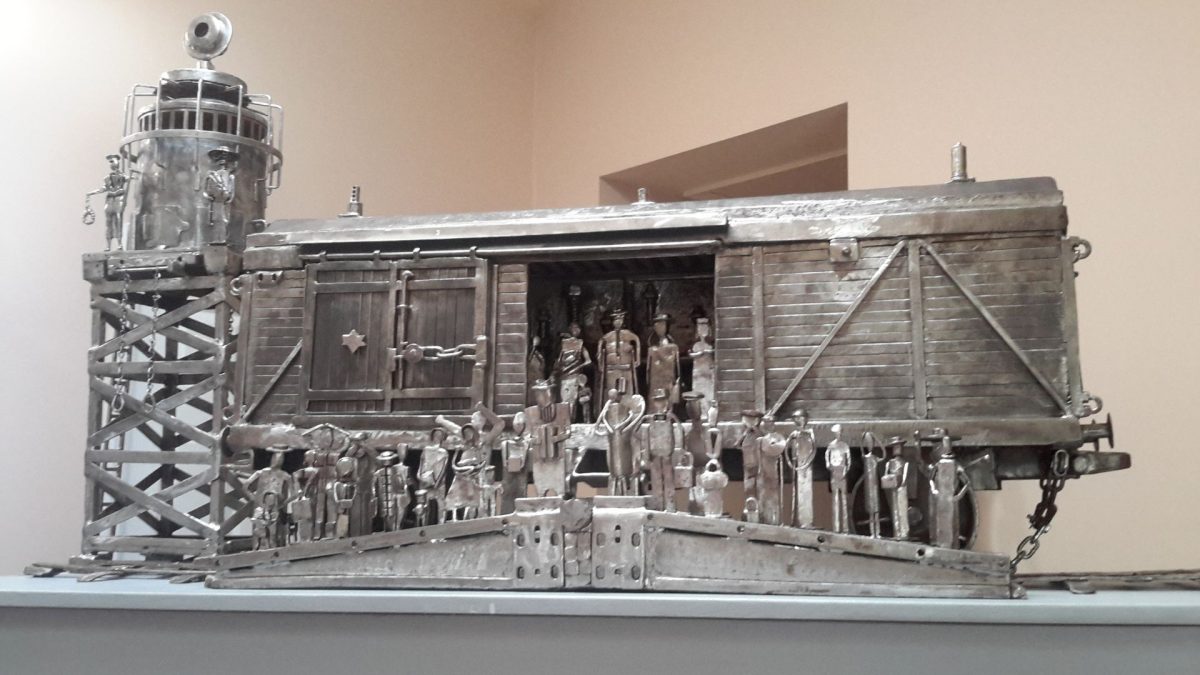
(JNS) — Law enforcement agents in Argentina on Tuesday raided a house south of Buenos Aires in search of a suspected Nazi-looted painting that surfaced online recently, but the object had been removed by the time they arrived, the El País newspaper reported on Wednesday.
The raid in Mar del Plata, an affluent coastal town located about 250 miles south of the capital, followed a media report in the Netherlands about the early 18th-century painting “Portrait of a Lady” by the Italian painter Fra Galgario aka Giuseppe Ghislandi (1655–1743).
The painting was seen on a real estate listing, where it casually appeared as part of the interior decoration of an asset in Mar del Plata, the Algemeen Dagblad newspaper, aka AD, reported on Monday. The paper’s research into how the painting got there led to Friedrich Kadgien, who had served as Hermann Göring’s financial adviser. Kadgien fled to Argentina after World War II and died there in 1978. The asset on sale belonged to one of his daughters.
ADVERTISEMENT
Argentina’s Customs Collection and Control Agency (ARCA) asked the federal court in Mar del Plata to authorize it to seize the painting, but when agents arrived with the warrant, they found a tapestry in its place, along with old documents and firearms.
Prosecutors have opened a criminal probe into concealment and possible trafficking of stolen cultural property, El País reported.
The painting belonged to Jewish Dutch art dealer Jacques Goudstikker, who sold it under duress in 1940.
Similar artworks by Fra Galgario have fetched only several thousand dollars, and some even less, at auction in recent years.
Goudstikker’s sole heir, his daughter-in-law Marei von Saher, 81, told AD she planned to file a claim and launch legal action to have the painting restored to her family.
In 2006, government-commissioned investigators determined that hundreds of artworks from Goudstikker’s massive collection had been seized or bought under duress by the Nazis and were therefore looted. More than 200 of them were restituted in the early 2000s, but many remain missing.





















